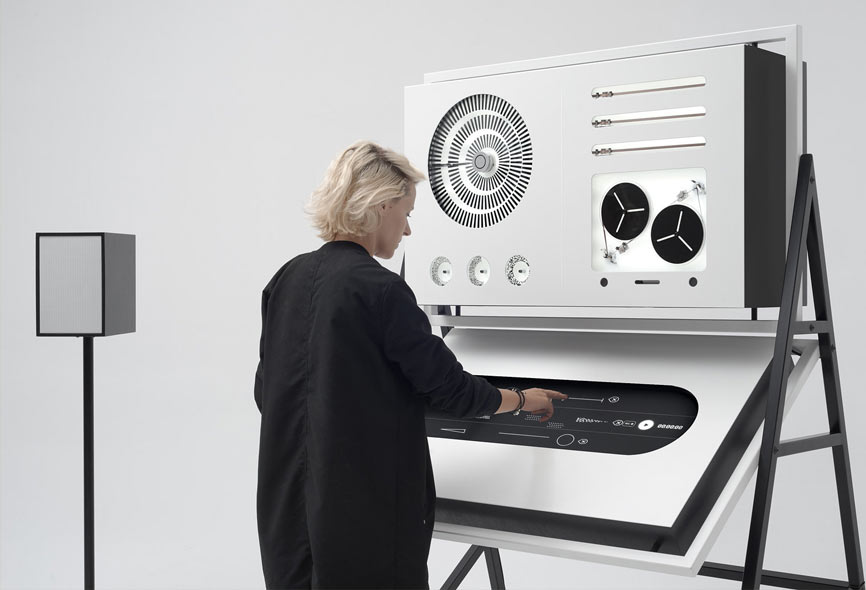The OK|CyberArts 2019 exhibition brings together almost all of this year’s Prix Ars Electronica‘s Prix Ars Electronica’s current categories. In addition to Computer Animation and Digital Musics & Sound Art, award-winning media artworks from the new Artificial Intelligence & Life Art category will be on show for the first time this year from September 5 to 15, 2019. The projects by children and young people in the u19 – CREATE YOUR WORLD category can once again be found in the POSTCITY during the Ars Electronica Festival. We met with Genoveva Rückert and Maria Venzl from OÖ Kulturquartier and Emiko Ogawa from Prix Ars Electronica.
This year, the CyberArts exhibition at the OK in OÖ Kulturquartier once again shows the crème de la crème of contemporary media art. What can we look forward to?
Genoveva Rückert: In the OK│CyberArts exhibition at OK im OÖ Kulturquartier, the exhibition of the winners of the Prix Ars Electronica, we always try to develop a continuous spatial narrative. What we are particularly successful in doing this year is to present the categories of this international media art award in a spatially experienceable unit, so that the spectrum of what is understood by the individual categories of the Prix Ars Electronica this year can really be grasped very well. It’s a curated course to the winners of the Prix and thus also a contrast to POSTCITY, the former postal distribution center at Linz’s main train station. It’s good to have this contrast – for both locations.
The CyberArts exhibition will open on THU September 5, 2019 – let’s take a little tour now!
Genoveva Rückert: I’d love to! The rooms here in the OK│CyberArts exhibition are very special: We start our tour with Agnes Meyer-Brandis’ new work, “One Tree ID” in the glass foyer of the Ursulinenhof, a former monastery. We start here at the entrance of OK Platz with “Artificial Intelligence & Life Art” (AI). A statement what the new category introduced this year is and what it could be. We tell what the new Prix category is about and want to show that art and the Prix look to the future.
Emiko Ogawa: In this category, most of the works deal with the new way of thinking about what makes people and life special. Here, the current generation is thinking about how society and technology interact – Artificial Intelligence is at the forefront here. The highlight in this category is certainly Paul Vanouse’s work “Labor”, which won a Golden Nica award – because it deals with the future of mankind. An ironic project in which cultivated bacteria produce the smell of “work” that is normally produced by the human body itself during strenuous work. In the installation, however, there are only T-shirts and the bacteria responsible for this smell. The artist Spela Petric feeds the cress with her DNA for the award-winning project (Award of Distinction) “Confronting Vegetal Otherness”. And with “Human Study #4, La Classe” Patrick Tresset brings a series of robots into the exhibition that reflect his childhood experiences with education. Here there is the strict teacher on one side, and on the other the students who have to follow him – which doesn’t always work. It is a work that has received recognition and that makes us think about education in a humorous way. Here, too, it is about people, but there is no person to be seen.
We’re going down the stairs now…
Genoveva Rückert: Yes, it goes down to the former theatre cellar of the OÖ Kulturquartier, where you can experience the quality of the Computer Animation category. Here, too, we differ from the simultaneous Ars Electronica Animation Festival, which this time can be seen in POSTCITY and is curated by Jürgen Hagler and Christine Schöpf. The CyberArts exhibition is dedicated to the installative quality of this category. This year it is very impressive to see what animation can be – at a time when almost everything is digitized or at least digitized in distribution. Computer animation can be experienced in its present, complete range. This is very impressive.
Can you already tell us some highlights from the field of computer animations that will be shown at CyberArts?
Maria Venzl: Two special highlights from the Computer Animation category are in any case the two virtual reality works: The artist Kalina Bertin and her team deal with bipolar disorder at Manic VR, and therefore received the Golden Nica 2019. It is like a film in which one is immersed in life and confronted with the mental illness.
The second VR work, “Emergence”, is by Matt Pyke of Universal Everything – this work deals with the human being itself and is something like a group performance. As a player you are surrounded by thousands of people and walk in the direction of a beam of light. A very special experience of group dynamics. Another project that deals with human individuality is KIDS by Michael Frei and Mario von Rickenbach – an animation and art installation at the same time: On the one hand, KIDS is a black-and-white drawing that is also animated, and at the same time there will also be dolls in the exhibition that can be moved by the visitors. This is also about the question of where my border ends as an individual and what happens to me when I join a group.
Incidentally, the Prix Forum on the Computer Animation category itself will take place this year on FRI September 6, 2019, at POSTCITY together with the screening of the Ars Electronica Animation Festival. The highlights of this year’s submissions will be looped in the “Electronic Theatre” in the OK│CyberArts exhibition, and can be seen in the summer cinema and the “real” cinema of the Moviemento during OK Night at 8 PM and 10 PM on this day.
If we now continue the tour through the CyberArts exhibition, what will happen next?
Genoveva Rückert: In the former monastery of the Ursulines from the 18th century we continue up to the attics. Now we enter the Digital Musics & Sound Art category. In the church attic we have the possibility to work together with the wonderful sound artist Francisco López . With his impressive sound installation “MANTRAcks and Sonic Fields” he shows us “Found Footage” of natural and urban environments. Lopez is no longer interested in the original material. Nowadays everything is digital at least in its distribution. It’s no longer a question of whether something was analogue or original. He shows an intensive sound installation fed by two sources, which can be “walked” over a footbridge and also creates electronic mantras, which is original. Then, in another attic on the Landstraße, we go to “Muted Situation #22” by Samson Young, where the sound of the instruments of an entire orchestra is faded out and only the sound of the “work” of this orchestra remains. Here again the question arises, what is music anyway? What creates music? The whole second floor is dedicated to the Golden Nicas and the new category (AI).
Do you see a trend in the category “Digital Musics & Sound Art” in 2019?
Emiko Ogawa: One trend, in any case, is that the field is opening up more and more. Sound is more and more an immersive experience. Here we encounter a great variety of installations and performances! In addition to digital music, analog music has also found its place here, combined with current technologies such as artificial intelligence. The Golden Nica is of course a highlight – this year Peter Kutin was awarded the Golden Nica for his project “TORSO #1”. It can be experienced in one of the best places of the exhibition – in the Ursulinensaal of the OÖ Kulturquartier, where the Prix Forum for “Artificial Intelligence & Life Art” and “Digital Musics & Sound Art” will also take place on SAT September 7, 2019. Normally loudspeakers are fixed. In this installation they are in motion and that is an impressive and unusual experience. Also in an attic to OK Platz, visitors can position small devices at the “SINE WAVE ORCHESTRA stay“, each of which audibly generates a sine wave. Thus the audience creates a sound world directly in the exhibition which grows with the participation and which one can enter and thus also sensually grasp.
Many submissions from the category “Digital Musics & Sound Art” can be heard at the OK Night!
Markus Reindl: Exactly, every two years there is the Digital Musics & Sound Art category at the Prix Ars Electronica, then we take parts of it into our program of the OK Night. That’s how OK Night was originally created – as a platform to present projects that can only be presented performatively. And this has always been supplemented with current programs from our own curated programs, which will also be the case this year. At OK Night 2019 live acts will be on show – by Peter Kutin, the winner of the Golden Nica, who will play his own live set, and by Patrick Lechner, who has received recognition for “Anastrophe”. Another interesting act is surely Elena Sizova from Minsk, who teaches at the Technical University there and is active at night as a musician and DJ. A very exciting combination, which you find more often. For me it was a great opportunity to invite her to the Ars Electronica in Linz. In addition there are national acts. The OK Night will definitely start on SAT, September 7, 2019, at 10 PM.
For many years, the title of the CyberArts exhibition has remained the same, but much has changed. How do you deal with it?
Genoveva Rückert: Since the exhibition at the OK in the OÖ Kulturquartier took place in 1998, it has been called “OK│CyberArts”. Of course, we select the installative works from the winning projects of the Prix Ars Electronica. Those that are “exhibitable,” that is, have a spatial component and make an experience possible that cannot be achieved by simply watching a video. What’s important to us is that the works of the Prix Ars Electronica selected by a high-profile jury should then be made physically perceptible in the exhibition, using the senses. After all, we humans are not monofocal cameras, but are capable of seeing spatially with two eyes and of perceiving space and atmospheres with two legs and all senses, and thus “more”. After all, there is the wonderful CyberArts book, which is published every year for the Ars Electronica Festival, and links and videos on the Web.
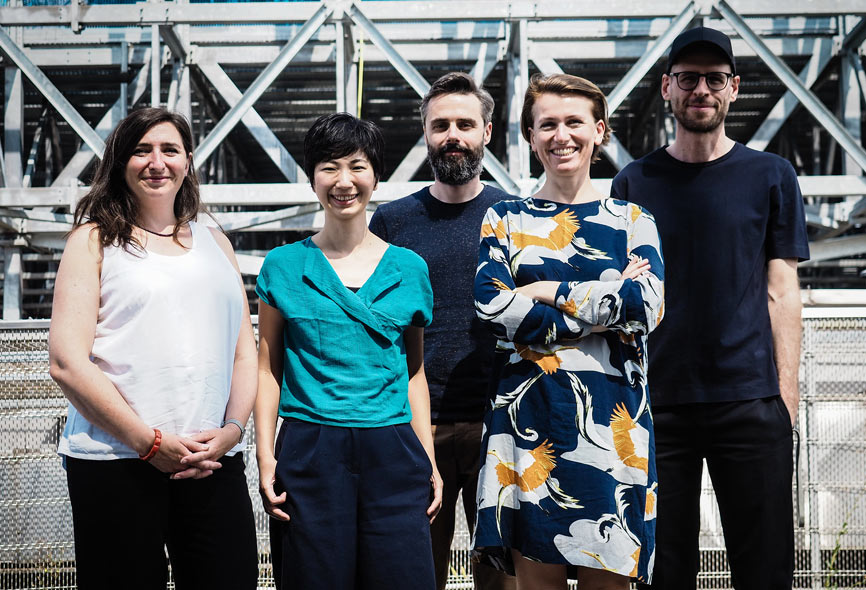
Has anything remained constant?
Genoveva Rückert: What has remained constant in OK│CyberArts is that you can read exactly where media art is going – but not just (!) – and which social trends it reflects. This is very special about media art: on the one hand, it forms its own bubble and its own system, but on the other hand, it very specifically takes up both technological and social developments. You can see when there is another hype about virtual reality and when it is ready for the market. When something is in the test stage and when, for example, VR glasses are suitable for mass production. You also notice that “the interactive” has changed a lot. Interaction is no longer an interface between computer and human being, the subject takes a back seat because we are constantly in the virtual/digital world of communication. Artificial intelligence and co. will accompany us in the coming years. In this respect, it also becomes clear how the Prix Ars Electronica is constantly adapting to developments and trying to do justice to the role of the visionary observation station.
It makes sense to have fixed points like computer animation. The new category, on the other hand, is a statement to go further and show that this could be one of the key issues for society in the coming years. That’s why it’s also a theme of art. The Prix Ars Electronica thus remains alive, in this mixture of fixed points and innovations.
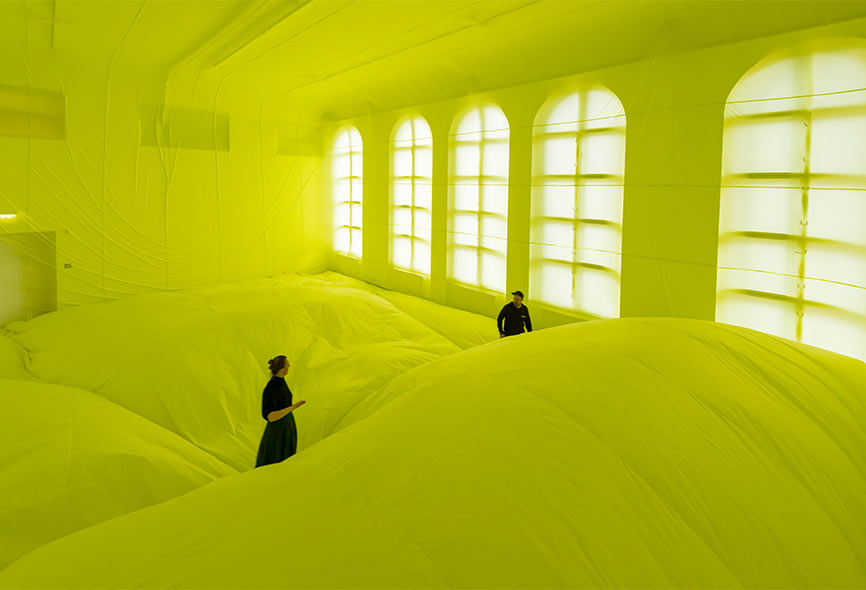
Last but not least: With a festival pass or a one-day pass, you can also visit the Sinnesrausch exhibition in OÖ Kulturquartier during the Ars Electronica Festival 2019 this year…
Genoveva Rückert: We have also integrated two works from the Ars Electronica context into our own exhibition “Sinnesrausch”, because this is very much about an (art) story that tells us how art itself got moving and when the public was involved. In the work of Memo Akten, one of the jurors of the Prix Ars Electronica’s new Artificial Intelligence & Life Art category, one can very well say that not only the binary code is a kind of primordial cell, but also the pixel and thus the representation of the digital. Contemporary art today no longer represents something similar to reality. It’s also very much about “data visualization” on the basis of measured data, which can also have an aesthetic quality.
But we also show “Walking City” by Universal Everything a winning project from 2014, where you can see what animation is today. They are building a 3D body that runs like a classic line animation and whose surface is constantly changing. We have so many visitors who come as tourists and we keep telling them what is so specific about the context here, Linz and Upper Austria. It’s not just the variable sculpture by Helmuth Gsöllpointner, the Donaulände and the Forum Metall, but it’s also Ars Electronica that shapes the city so much. Every festival visitor is cordially invited to visit the Sinnesrausch exhibition – from September 5 to 9, 2019 with free admission and a valid festival pass!
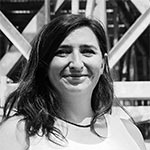
Genoveva Rückert is a curator at the OK. She is responsible for program development and heads the facility’s Department of Development and Education. She is a guest lecturer in spatial theory at Linz Art University.

Maria Venzl studied sculpture – transmedial space at Linz Art University. She has worked as a curatorial assistant at the OK since 2016.

Markus Reindl is a musician and freelance curator. He is also responsible for the OK KLubinstitut program and the OK-Night program at the Ars Electronica Festival.
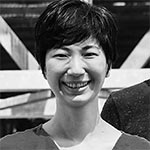
Emiko Ogawa is an artist and a curator. She is currently working for the Prix Ars Electronica, the world’s most time-honored media arts competition. She worked on the signage system and produced drawings for the renewal of the Ars Electronica Center in 2009, and since then, she has worked on planning exhibitions for the Ars Electronica Center, the Ars Electronica Festival, and Ars Electronica Export. She creates installations and workshops under the topic of ‘creative catalyst’ and invites audiences to participate. As an artist, she is in charge of creative direction, graphics and interaction design in the media artist group h.o(hdoto). Working to ‘sense the invisible’, they create experimental projects that foster communication and make revelations about society.
Note: The OK|CyberArts exhibition can be seen at the OK im OÖ Kulturquartier from September 5 to 15, 2019 – it is thus still open to visitors a few days after the Ars Electronica Festival 2019 “Out of the Box – The Midlife Crisis of the Digital Revolution”.
